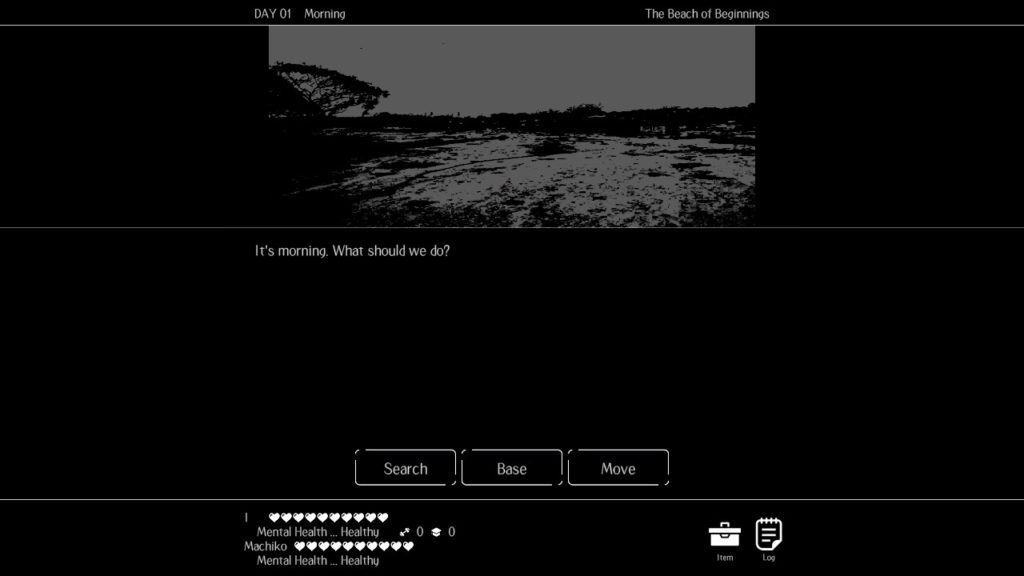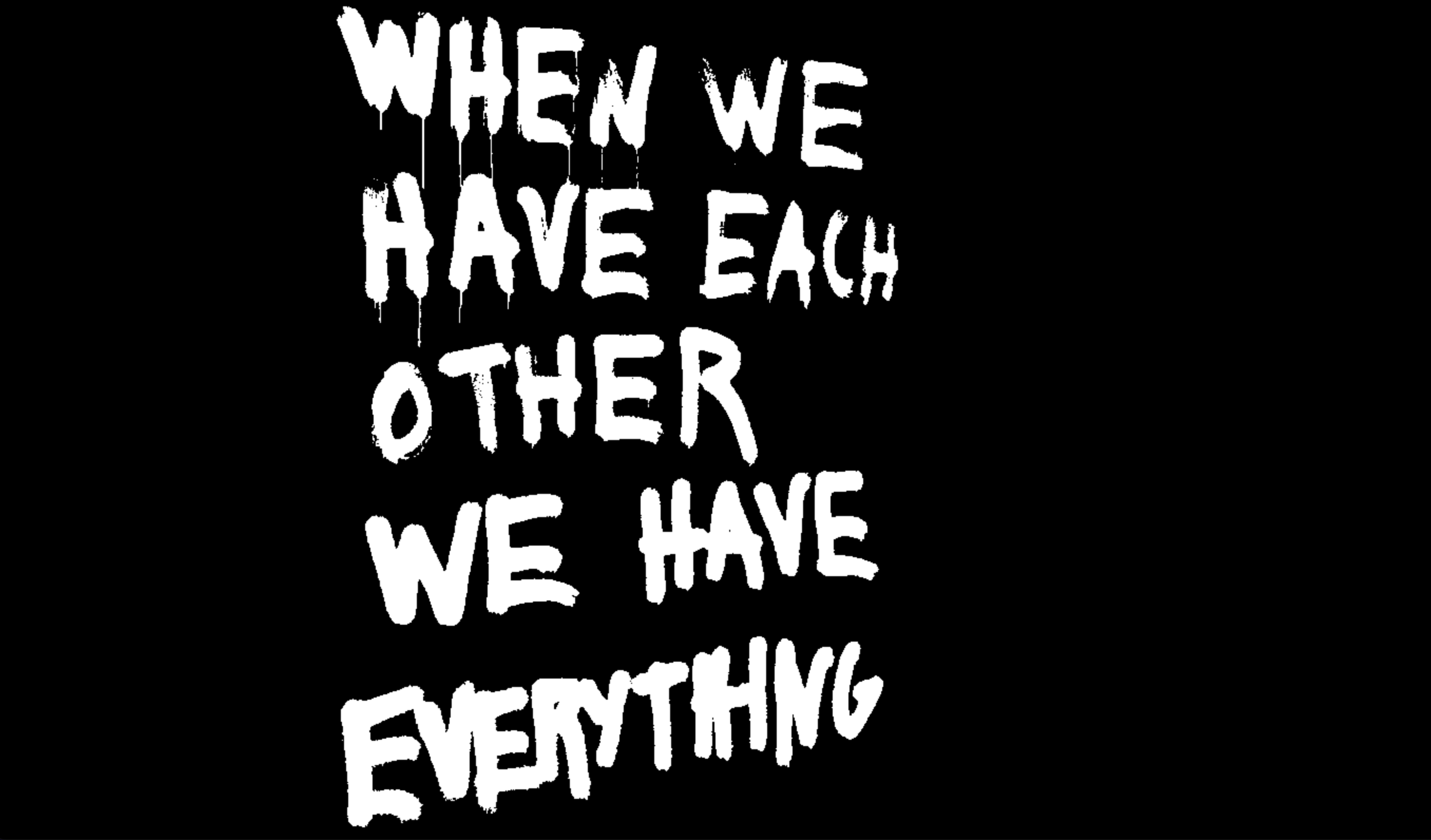I didn’t expect this amount of emotional upsurges to be passed by a “10-second” game prior to playing Queers in Love at the End of the World. The four clicking options this game gave on the first screen are extremely limiting, but precise and powerful, and carry out the heavyweight that words and physical touches – the simplest and most direct forms of human communications – can have in a 10-second range. Only showing a 10s countdown and black, light gray, and blue font colors on the screen, this apocalyptic game tilts on human emotions in a very straightforward and effective way.


This reminds me of another apocalyptic game, Living in the Ending World, which uses a similarly minimalist aesthetics, but weighs more on pure chances and mostly involves the negativity of human connections (shared sanity drop & lives of the two main characters, empathy traps set by other survivors in the devastated world, prolonged tormenting experience as the goal is to live as long as possible, etc.). Despite this game’s heavy emphasis on survival and completely different approaches to portraying human responses in an apocalyptic world – queer vs traditional straight couple, extremely different time span, the variety of choices offered – these two games explored the simple connection between two human beings in an illuminatingly contrasting way. And it is very fascinating how, with their shared intention to narrow the player focus onto the choices themselves on the screen with black & white color and simple options, these two games played with time, priorities in an apocalyptic/ post-apocalyptic setting, positivity & negativity of interpersonal connections, and other elements in dramatically different ways.

